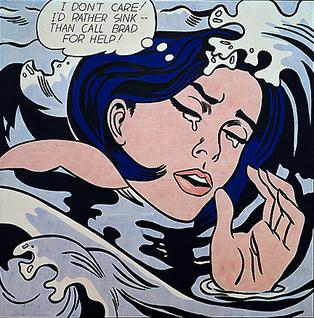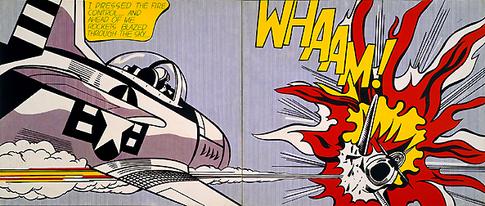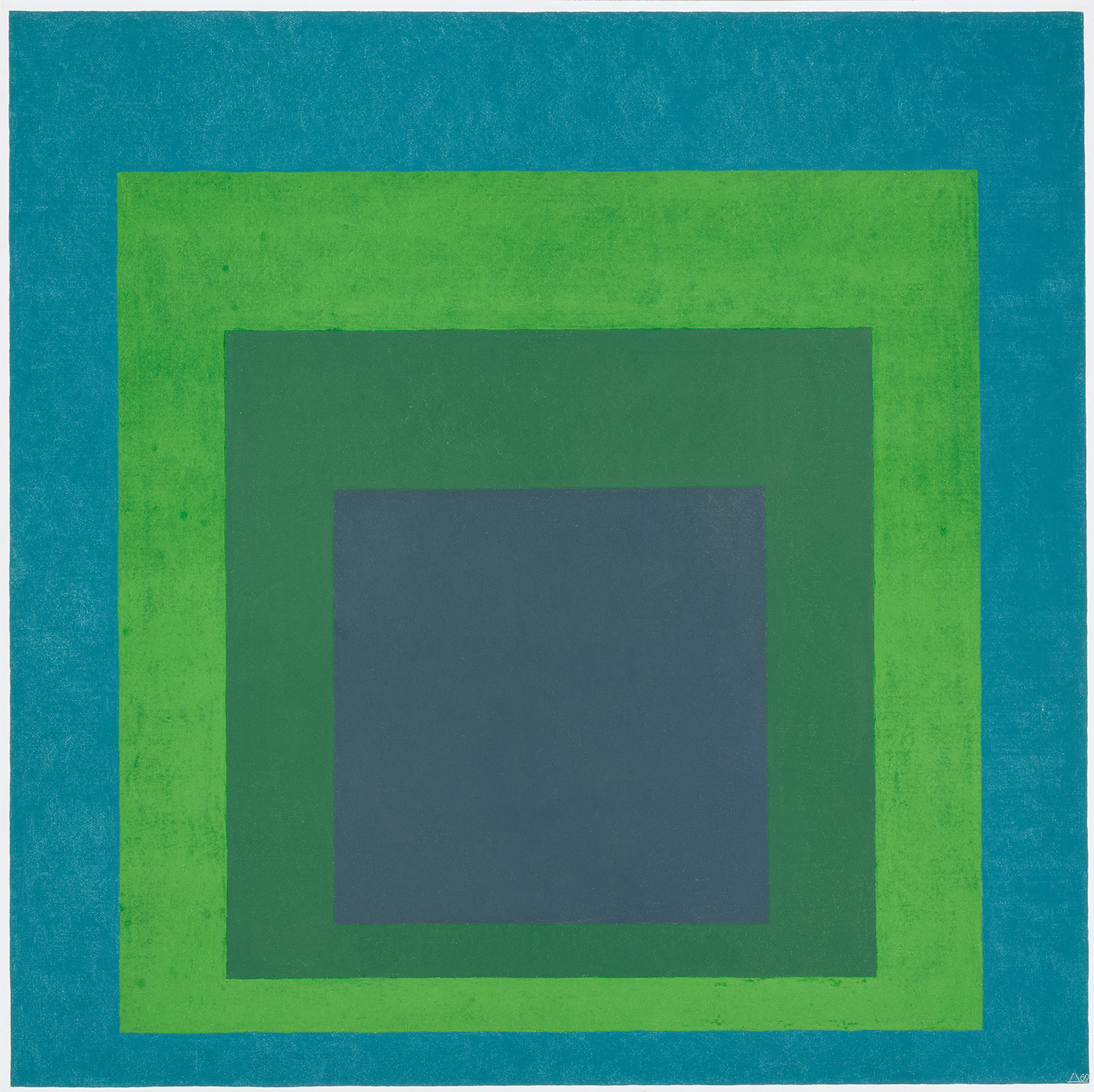 Cecil Beaton
Cecil Beaton Cecil Beaton was an English fashion, portrait and war photographer, diarist, painter, interior designer, who, whilst having all those professions under his belt, was an Academy Award-winning stage and costume designer for films and theaters. He was born on January 14 1904 but died on January 18 1980.
During Beaton's career as a photographer, he designed book jackets and costumes for charity matinees. Beaton's photograph of his best friend, Stephen Tennant, is said to be the best representations of the Bright Young People of the twenties and thirties.


Beaton started off using a Kodak 3A folding camera but then later on used large format cameras and small Rolleiflex cameras. In 1931 he was the photographer for the British edition of Vogue at the time. Beaton is best known for his fashion photographs and society portraits due to the fact that he could make these pictures look amazing by trying to find the best shutter-release moment (as shown in the images above).
Beaton eventually became Britain's leading war photographer. After Beaton got fired from working with Vogue, his career was revived by the war which is quite ironic.
Beaton is said to have heavily influenced major photographers such as Angus McBean and David Bailey.
A stroke struck Cecil which caused the whole of his right side to be permanently paralysed which, although he had learnt to write and draw with his left hand, caused him great frustration. His life is said to have faded during the late 1970's which led to him dying at the age of 76 in 1980.














